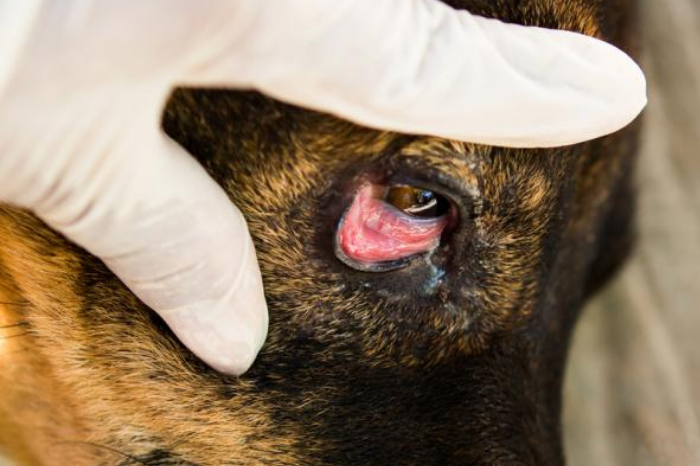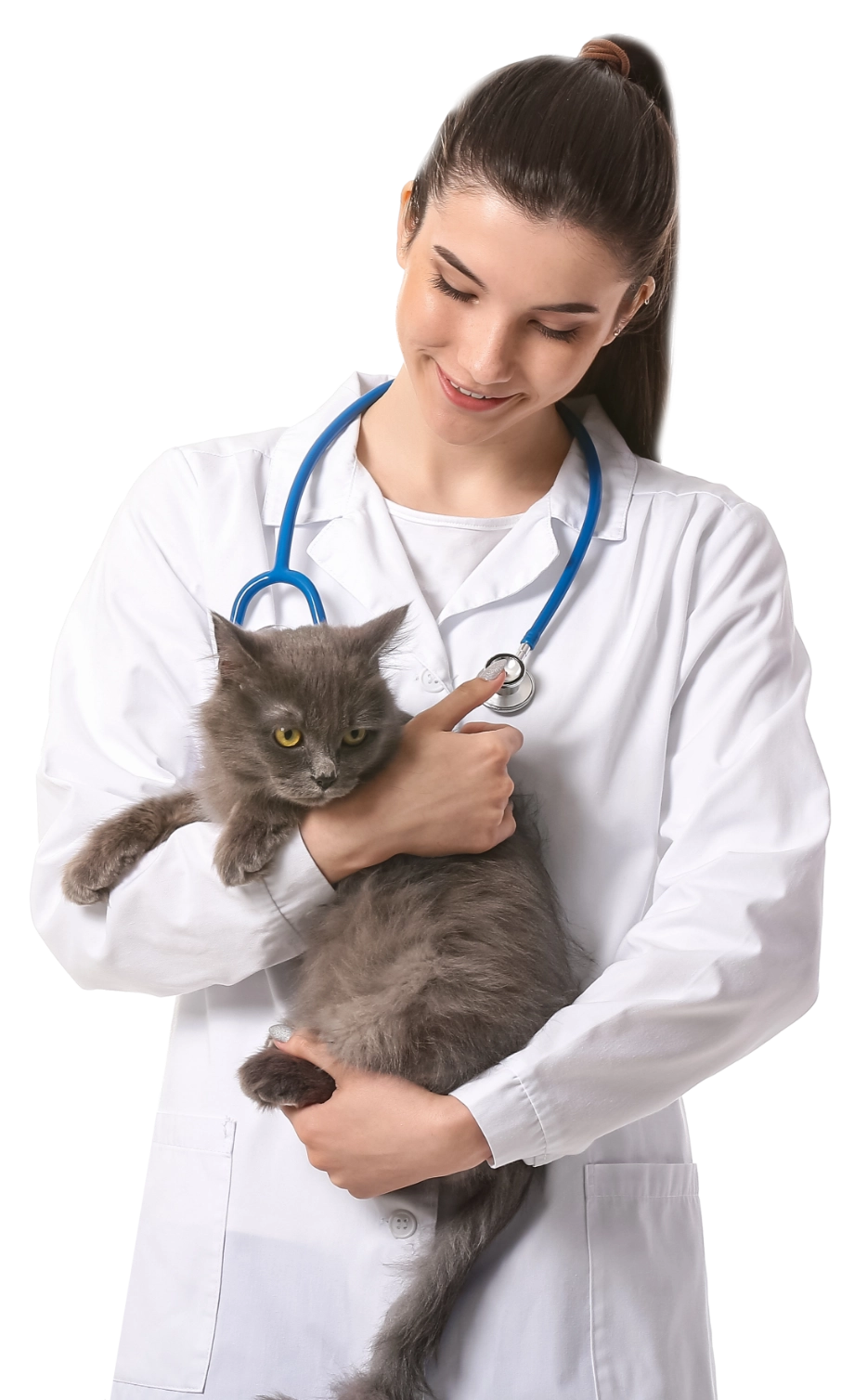

Management of Septic Peritonitis
What is Septic Peritonitis?
Septic peritonitis is an inflammatory condition of the peritoneum caused by the bacterial contamination of the peritoneum.
What Causes it?
There are several etiologies of this condition. The most common are the following:
- Chronic foreign body obstruction and intestinal perforation
- Abdominal cavity neoplasia
- Abdominal cavity abscess
What are the Consequences?
This is a life-threatening condition and early identification of the underlying cause is very important to save the life of the pet. In severe cases, it can result in even circulatory shock. Animals are usually presented with obtunded mental state due to widespread infection
How to Treat it?
Treatment depends on the underlying cause. Early stabilization of the patient is essential . Once the underlying cause is identified, the treatment is administered based on that. If it is an intestinal perforation secondary to a foreign body, surgery is performed to remove the foreign object and suture the perforation. If the underlying cause is an abdominal neoplasia, surgery is performed to remove the tumor. Typically ,abdominal drains are necessary following surgery to drain the peritoneal cavity. Patients are also placed on strong antibiotics to ameliorate the effects of sepsis
What is the Prognosis?
The prognosis depends on the underlying cause. Animals presented early and in a better mental state will recover with appropriate treatment. Animals presented in circulatory shock have guarded to poor prognosis
How to Prevent it?
Prevention is possible by taking the pet for regular health checks and by making sure that the dog or cat doesn’t have access to objects that they might ingest at home.
For more information about this subject, call one of your veterinarians at The City Vet Clinic to discuss and give you sound advice regarding management of septic peritonitis.
recent post

EARLY DETECTION AND TREATMENT OF HIP DYSPLASIA IN PUPPIES
Hip Dysplasia in dogs is an anatomical orthopedic condition which has a genetic background and affects mostly..
learn more
“CHERRY EYE” or PROTRUSION OF THE GLAND OF THE 3rd EYELID
Protrusion of the gland of the third eyelid (or “cherry eye”) occurs most commonly in dogs and..
learn more



